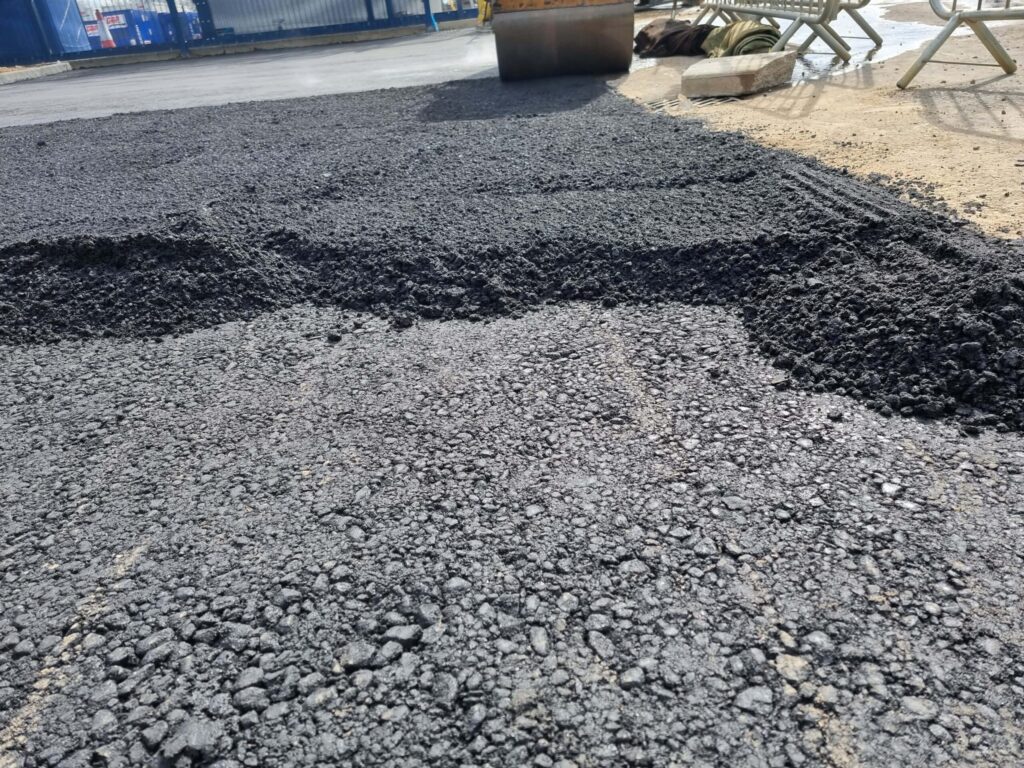Connecting Communities: The Role of Tarmac Farm Roads in Remote Areas
Introduction: In the rural landscapes of Great Yarmouth and beyond, infrastructure development is crucial in improving connectivity and enhancing the quality of life for residents and businesses. Tarmac farm roads, particularly, serve as vital arteries connecting remote areas, providing essential access for farmers, residents, and emergency services. This blog post will explore how tarmac farm roads improve connectivity in remote areas and facilitate economic development and social cohesion.
Enhanced Access to Agricultural Land:
- Tarmac farm roads provide all-weather access to agricultural land, allowing farmers to transport equipment and machinery and produce more efficiently.
- By minimising disruptions caused by inclement weather or poor road conditions, tarmac farm roads enable farmers to maximise productivity and optimise agricultural operations.
Improved Transportation Networks:
- Tarmac farm roads contribute to the overall transportation network in rural areas, connecting farms, rural communities, and market centres.
- These roads facilitate the movement of goods, services, and people, supporting local economies and enabling businesses to access markets and customers more easily.
Promotion of Rural Economic Development:
- Well-maintained tarmac farm roads can attract investment and stimulate economic development in remote areas.
- Improved connectivity encourages businesses to establish operations in rural areas, creating job opportunities and diversifying local economies.
Enhanced Emergency Response:
- Tarmac farm roads facilitate emergency response efforts, allowing emergency services such as fire departments, paramedics, and law enforcement to reach remote areas quickly and efficiently.
- Reliable road access ensures timely responses to emergencies, accidents, and natural disasters, potentially saving lives and minimising property damage.
Support for Tourism and Recreation:
- Tarmac farm roads provide access to scenic landscapes, nature reserves, and recreational areas, attracting tourists and outdoor enthusiasts to remote regions.
- By improving connectivity, these roads enable visitors to explore and appreciate rural areas’ natural beauty and cultural heritage, supporting tourism-related businesses and preserving local ecosystems.
Social Cohesion and Community Well-Being:
- Tarmac farm roads foster social cohesion and community well-being by connecting residents, schools, healthcare facilities, and community centres.
- Improved connectivity enables residents to access essential services, educational opportunities, and social activities, strengthening community ties and enhancing quality of life.
Conclusion: Tarmac farm roads are instrumental in improving connectivity and fostering economic development, social cohesion, and community well-being in remote areas. By providing reliable access to agricultural land, facilitating transportation networks, supporting emergency response efforts, and promoting tourism and recreation, these roads play a vital role in connecting communities and unlocking the full potential of rural regions. As investment in infrastructure continues to expand, tarmac farm roads will remain indispensable assets contributing to the resilience, prosperity, and vitality of remote areas in Great Yarmouth and beyond.
Call us on: 01493 807 282
Click here to find out more about Great Yarmouth Driveways
Click here to complete our contact form and see how we can help with your driveway needs.

